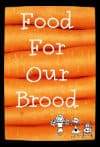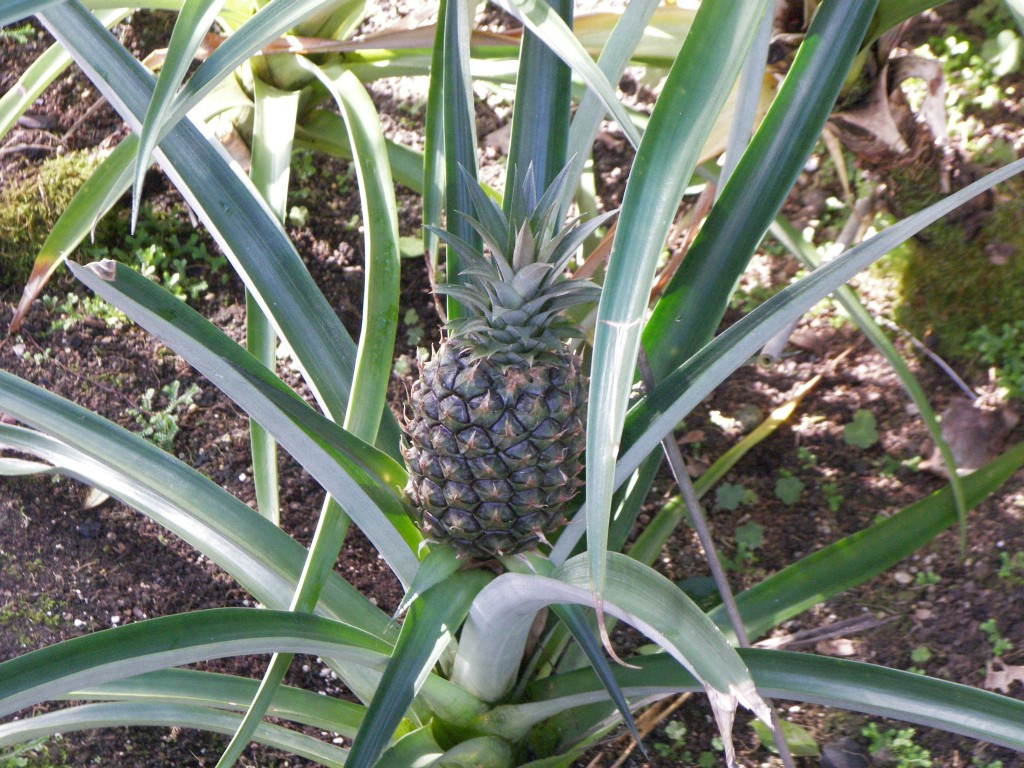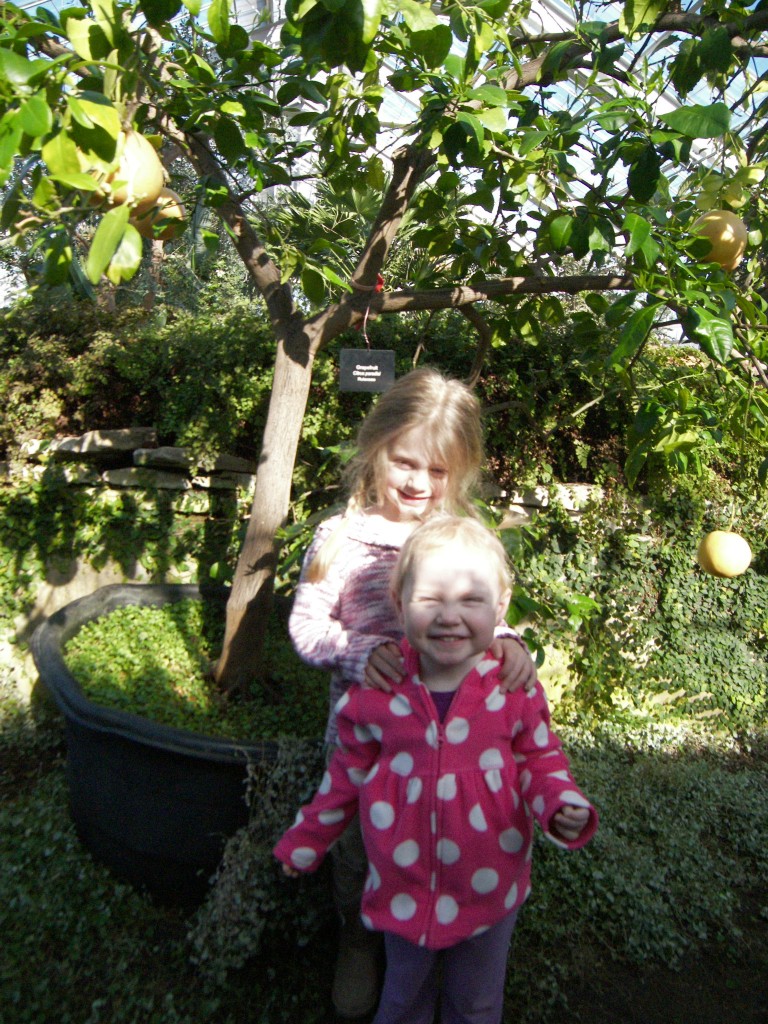
We feel it is very important to teach our children where food comes from and how it grows. We plant our own garden every year and the children are involved in every part from choosing the seeds, sowing, weeding, watering and harvesting. The know that green beans are grown on a plant, not made by grocery stores. We pick strawberries, peaches, apples, and cherries every year in season. Our conservatory has several excellent examples of food we eat that we can not grow here in Michigan. Here are a few examples:
Pineapples
Chocolate
Vanilla
Black Pepper
Agave
Aloe
Grapefruit
Limes
There were great opportunities for learning, and we involved all of our senses! We felt the smooth cacao pods, and the conservatory had some samples of what is made with cacao (cocoa powder, cocoa butter, cocoa nibs). We smelled the grapefruits, felt the pokey spines on the lime tree, saw the enormous agave plants. The kids really loved this little mini-vacation, and we did too. Another neat thing that came out of this was that Gracie was able to see bamboo growing. She has been learning about Panda bears during school and was so excited to see that there was a large black bamboo plant growing at the conservatory. She talked about grapefruits and bamboo all afternoon!




Leave a Reply